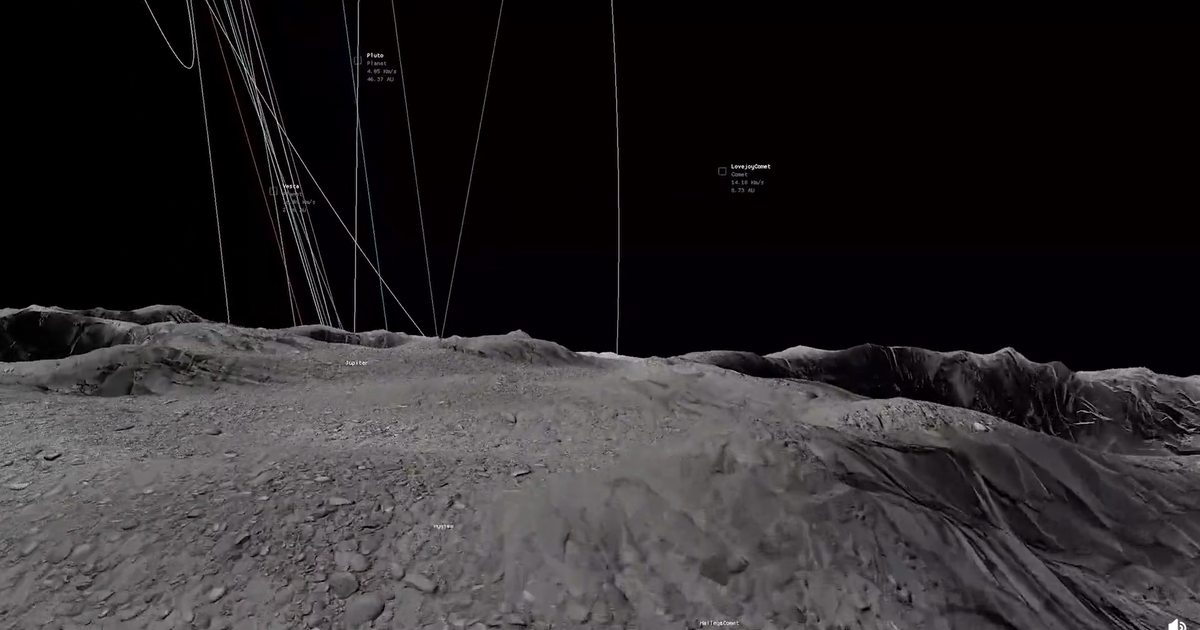- 15 Posts
- 111 Comments

 4·10 days ago
4·10 days agoFox “News” and their malicious swarms of disinformation spreaders are concerned about losing their monopoly.

 1·12 days ago
1·12 days agoWhat’s Germany’s plan to secure the EU merchant fleet against Iranian anti-ship missiles, fired by Iranian proxies in Yemen, without help from USA or Israel?

Industry likes it too. Without a Federal standard, appliance makers would need 50 smaller, less efficient production lines to meet each State’s individual standards.
 10·19 days ago
10·19 days agoWhat meme template? I made this!
 123·19 days ago
123·19 days agoNot for long.


We’re still burning fossil carbon for energy.
Carbon capture does not make sense until we have an excess of clean energy to power it.
Scaling it now would do more harm than good.

 5·1 month ago
5·1 month agoAt that time, the first second of eternity will have passed.
We’ll be back the next time protons happen.
There is no escape.

 4·1 month ago
4·1 month agoA dozen, a hundred, there’s no way to tell.

 4·1 month ago
4·1 month agoyeah, just serve up some r34 animated rats and put cocaine in the beverages
There’s a lot to unpack here.
Lets start with the attempt to define “usefulness” as the degree to which connection to humans happens. Human connection on the internet has always been illusory. Yet we still find utility in it.
“Trusted sources” have always been 100% biased in favor of whoever owns them. We all have equal free speech rights, but some of us are more free than others because the ability to purchase a bigger megaphone scales with access to capital.
Organized, capitalized propaganda farms existed before LLMs and have been engaged in the same kind of destructive information warfare. LLMs seem to be more persuasive than the wage-slave humans employed by troll farms and other mass media outlets, but that’s not necessarily a bad thing if it manufactures a more rational public opinion.
LLMs lower the capital requirement to begin competing in the propaganda war. The biggest players who could afford to buy enormous media empires and fund human-generated influence operations are going to have to compete against the rest of us.
This planet has been a soulless hellscape longer than any of us have been alive, and LLMs are more likely to improve the situation than make it worse.

 31·1 month ago
31·1 month agoπ == 3
This is the natural consequence of a business that is not worker owned.

 32·2 months ago
32·2 months agoDOOM
Fuck your Blue Key.

 47·2 months ago
47·2 months ago1st person > 3rd person
Souls-likes suck.

 4·2 months ago
4·2 months agothey can’t be corrected or are never wrong
This is #1 for me. Its easy to spot, and they won’t be able to hide it because it would drive them nuts to admit fault.

 36·2 months ago
36·2 months agoit rose from its grave
This.
Also, look at the attic, check for roof leaks and adequate ventilation. Make sure your soffit vents aren’t clogged, and the soffit baffles and ridge vent have actually been installed properly.

 4·2 months ago
4·2 months agoAviassembly.
Its fun in the way that building airplanes in KSP is fun. The game is small, and the physics are simple, but for $10 its a good value.
you can balloon the box out a ways to get more volume






The eggs are from these flappy guys: